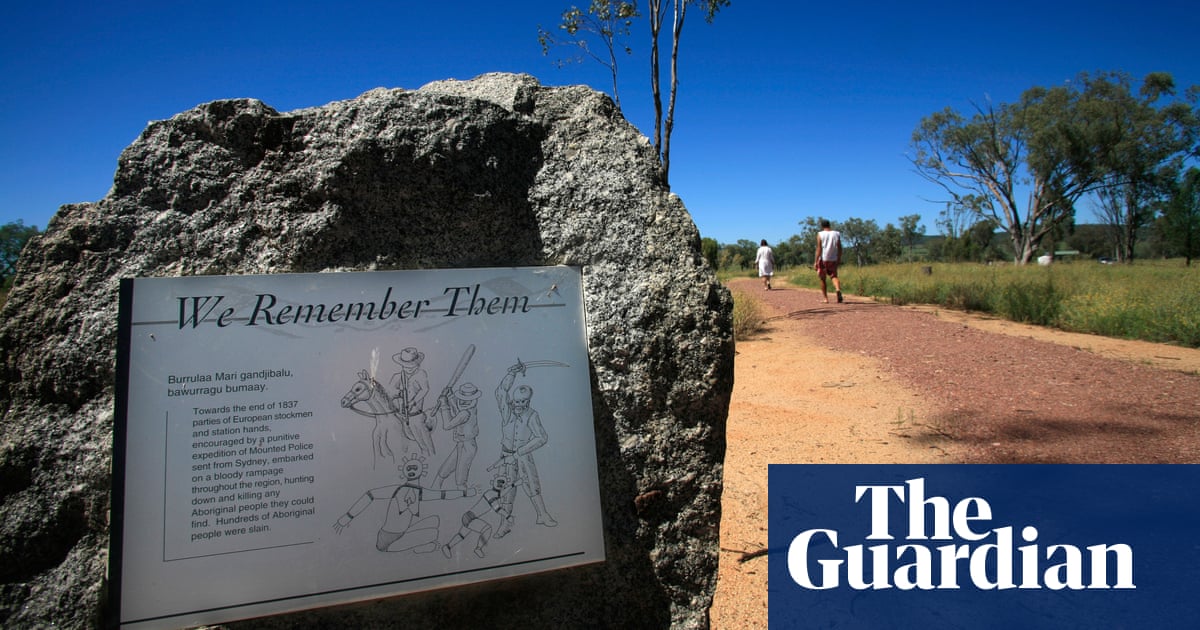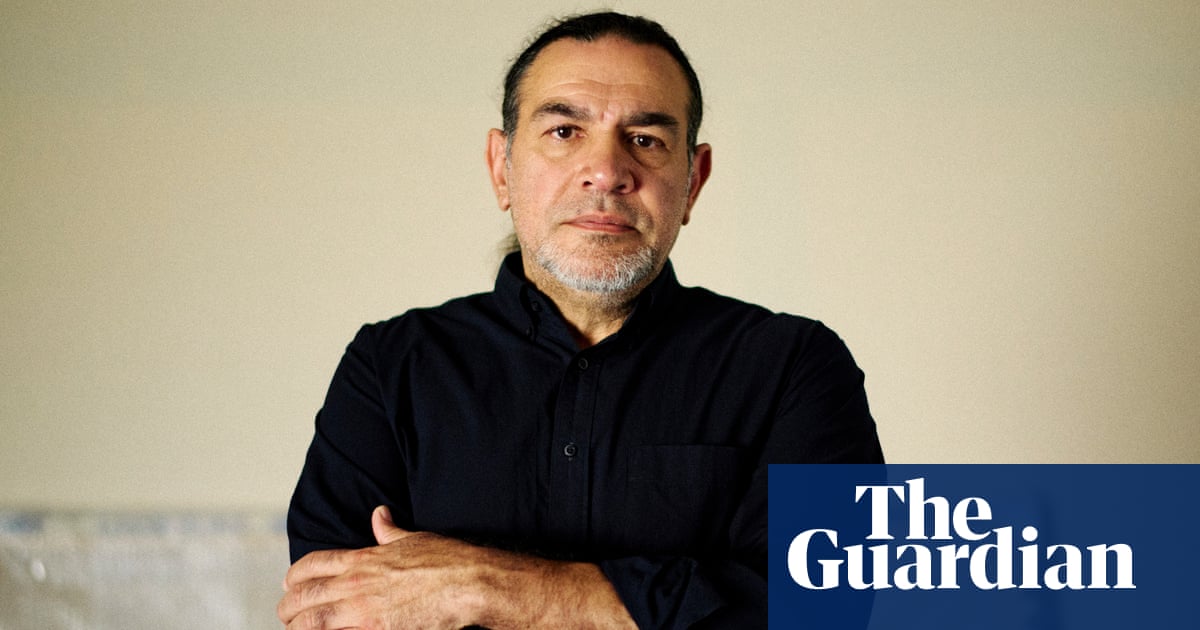An Alabama man convicted in the 1994 killing of a hitchhiker cursed at the prison warden and made obscene gestures shortly before he was put to death on Thursday evening in the nation’s third execution using nitrogen gas – as the daughter of his victim spoke out against capital punishment.
Carey Dale Grayson, 50, was executed at the William Holman correctional facility in southern Alabama. He was one of four teenagers convicted of killing Vickie DeBlieux, 37, as she hitchhiked through the state on the way to her mother’s home in Louisiana. The woman was attacked, beaten and thrown off a cliff.
The curtains to the execution room were opened shortly after 6pm ET as the capital punishment case came to conclusion with the controversial, recently adopted US option for putting people to death via nitrogen suffocation.
Strapped to a gurney with a gas mask on his face, Grayson responded with an obscenity when the warden asked if he had any final words. Prison officials turned off the microphone and any subsequent words could not he heard in the witness room, while Grayson raised both middle fingers.
It was unclear when the gas began flowing. Grayson rocked his head, shook and pulled against the gurney restraints. He clenched his fist and appeared to struggle to try to gesture again. His sheet-wrapped legs lifted off the gurney into the air at 6.14pm, the Associated Press reported. He took a periodic series of more than a dozen gasping breaths for several minutes. He appeared to stop breathing at 6.21pm, and then the curtains to the viewing room were closed at 6.27pm, with Grayson pronounced dead at 6.33pm.
The execution marked the third time Alabama had killed someone with nitrogen gas. Alabama is the only state to use the method, which involves pumping nitrogen through a mask and depriving someone of oxygen. It has been banned by veterinarians for use on most mammals across Europe and the US.
“The only lesson from this grim sequence of events is that when states use human beings as guinea pigs for lethal experiments, they are bound to suffer, whether at the point of a needle or behind a mask,” said Matt Wells, deputy director of the human rights group Reprieve US.
The first two nitrogen executions conducted by the southern state did not proceed without controversy. Alabama insisted that the first nitrogen killing in January of Kenneth Smith was “perhaps the most humane method of execution ever devised”.
That claim conflicted with eyewitness accounts, which recorded that Smith writhed and convulsed on the gurney for several minutes, as his body shook and eyes rolled back.
John Hamm, Alabama corrections commissioner, said the nitrogen flowed for 15 minutes and an electrocardiogram showed Grayson no longer had a heartbeat about 10 minutes after the gas began flowing.
Hamm said he thought some of Grayson’s initial movements – shaking and gasping on the gurney – were “all show” but maintained that other movements exhibited by Grayson and the two others executed by nitrogen gas were expected involuntary movements, including the breathing at the end.
after newsletter promotion
Grayson was part of a group of four teenagers who picked up Deblieux in 1994 as she was hitchhiking, then attacked and murdered her.
Of the four, only Grayson, who was 19 at the time, went on to face execution. The other three co-defendants were 18, and had their death sentences set aside by the US supreme court as part of a prohibition of the death penalty for juveniles.
The victim’s daughter told reporters on Thursday night that her mother had her future stolen from her. But she also spoke out against the decision to execute Grayson.
“Murdering inmates under the guise of justice needs to stop,” she said, adding, “no one should have the right to take a person’s possibilities, days, and life,” Jodi Haley, who was 12 when her mother was killed, told reporters.
The execution was carried out hours after the US supreme court turned down Grayson’s request for a stay. His lawyers argued the execution method causes “conscious suffocation” and that the first two nitrogen executions did not result in swift unconsciousness and death as the state had promised.

 3 months ago
47
3 months ago
47













































